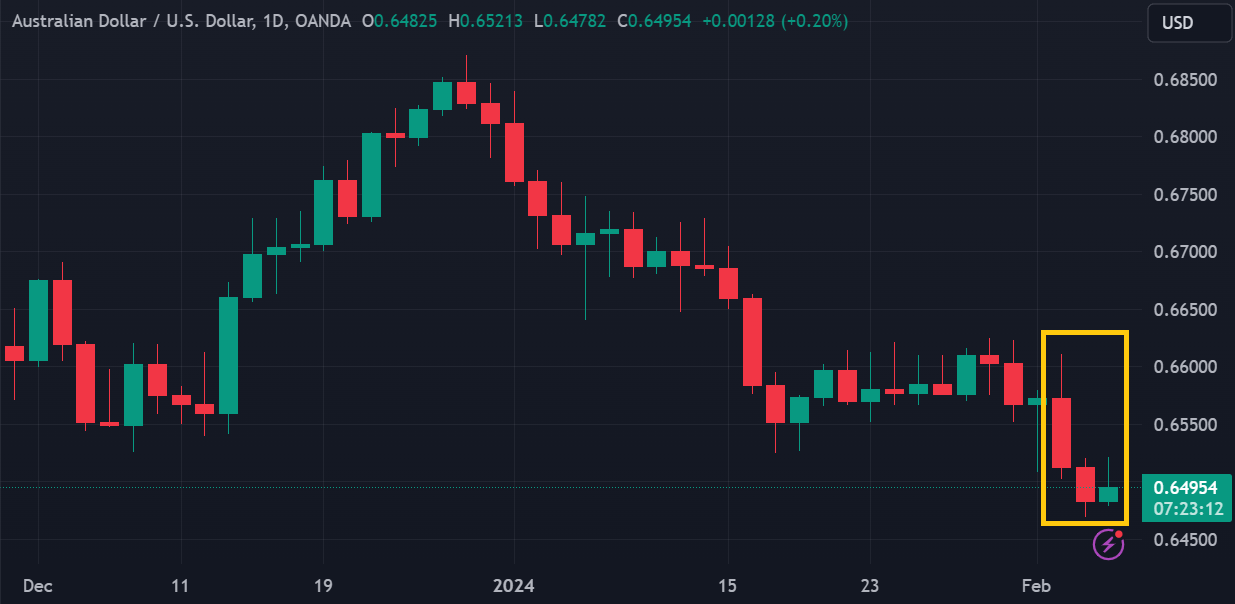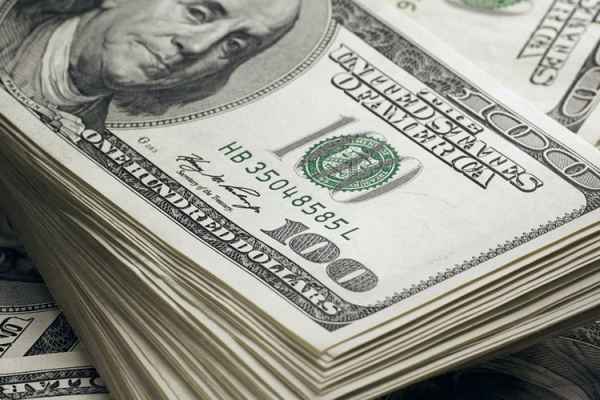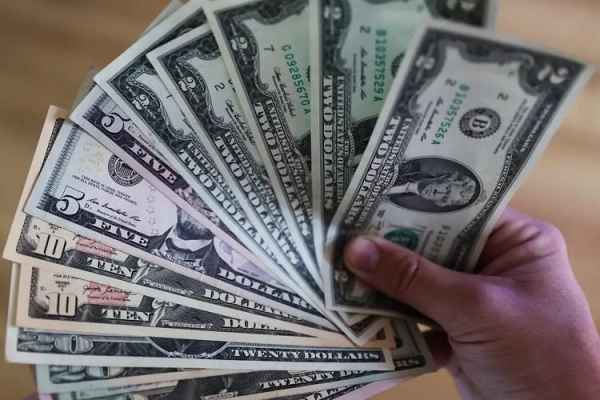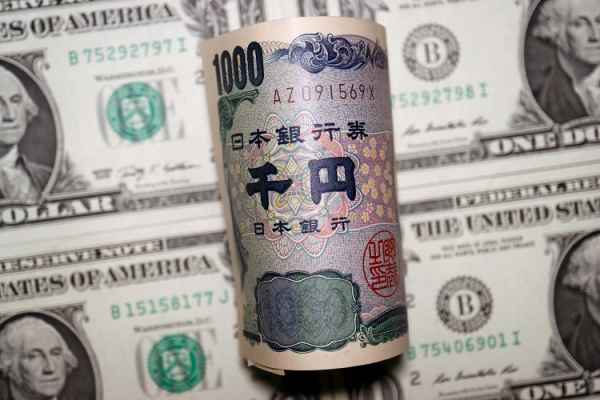The Australian dollar strengthened due to the Australian Central Bank (RBA) announcement, but the gains were minimal. Here's why.
The Australian dollar stretched in Tuesday's trading (6/February). AUD/USD moved to a daily high of 0.6520s after the Reserve Bank of Australia (RBA) policy announcement, but it's still very close to its lowest level since November.

This morning, the RBA announced interest rates would remain at 4.35%, per market expectations. At the same time, the Australian central bank added a hawkish statement that surprised many.
"The best interest rate path to ensure that inflation returns to target within a reasonable timeframe will depend on evolving data and risk assessments, and further rate hikes cannot be ruled out," the RBA said.
The RBA argues that inflation is still too high, especially service sector inflation. In addition, inflationary pressures are still good because "the level of demand is still strong and is considered to be above the capacity of the economy to supply goods and services". Therefore, interest rates must remain high to reduce inflation.
The RBA's desire to maintain the "rate hike" option contradicts the "rate cut" speculation currently rife. Most major central banks, including the Federal Reserve and the European Central Bank, have already made moves to cut interest rates in the coming months. Most market participants also believe the RBA will start cutting interest rates this year.
The gap triggered the strengthening of the Australian dollar against other major currencies. However, the strengthening of the Aussie was minimal as experts were skeptical that the RBA would raise interest rates again.
"The Statement maintains a hawkish tilt," says Gareth Aird, an economist at Commonwealth Bank of Australia. "It will take more than just weak economic growth for the RBA to entertain the idea of policy easing."
The CBA believes the unemployment rate will rise and inflation will decline faster. Therefore, the CBA still expects the RBA to start cutting interest rates in September 2024. Analysts at Westpac have a similar opinion.

 Dedicated FREE FOREX VPS
Dedicated FREE FOREX VPS Free FOREX Virtual Private Server
Free FOREX Virtual Private Server MT4 Demo Contest, Get $500
MT4 Demo Contest, Get $500 Sign Up for an Account, Claim 60% Deposit Bonus
Sign Up for an Account, Claim 60% Deposit Bonus Free MT4/MT5 VPS 2024
Free MT4/MT5 VPS 2024 Send E-mail and Get Free Merchandise
Send E-mail and Get Free Merchandise $1K Refer a Friend Bonus for Pepperstone Pro clients
$1K Refer a Friend Bonus for Pepperstone Pro clients Maximize Your Earnings with 100% Deposit bonus
Maximize Your Earnings with 100% Deposit bonus Trade to Win, $5,000 Monthly Demo Contest
Trade to Win, $5,000 Monthly Demo Contest Claim 30% + 15% Deposit Bonus from LiteFinance
Claim 30% + 15% Deposit Bonus from LiteFinance






